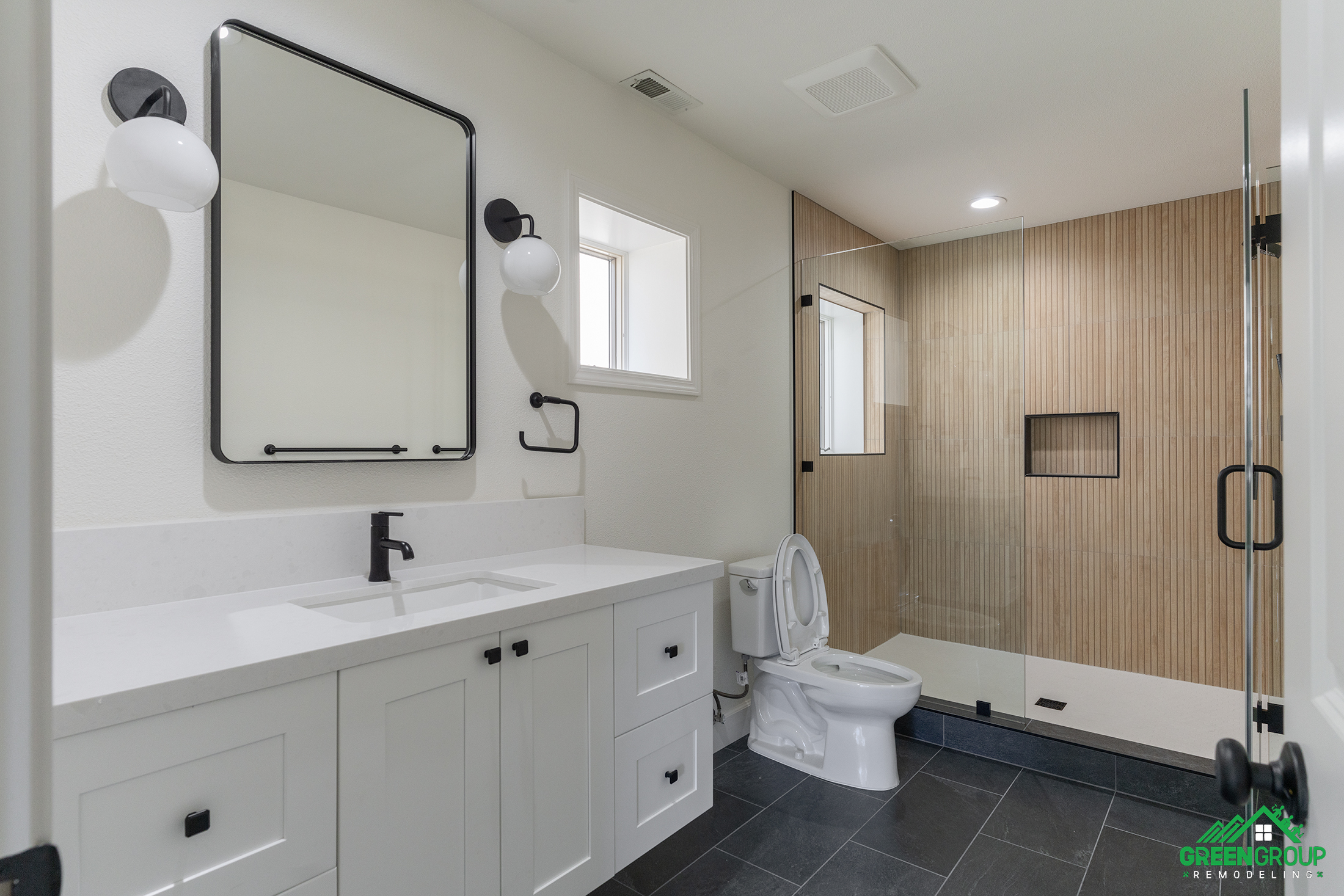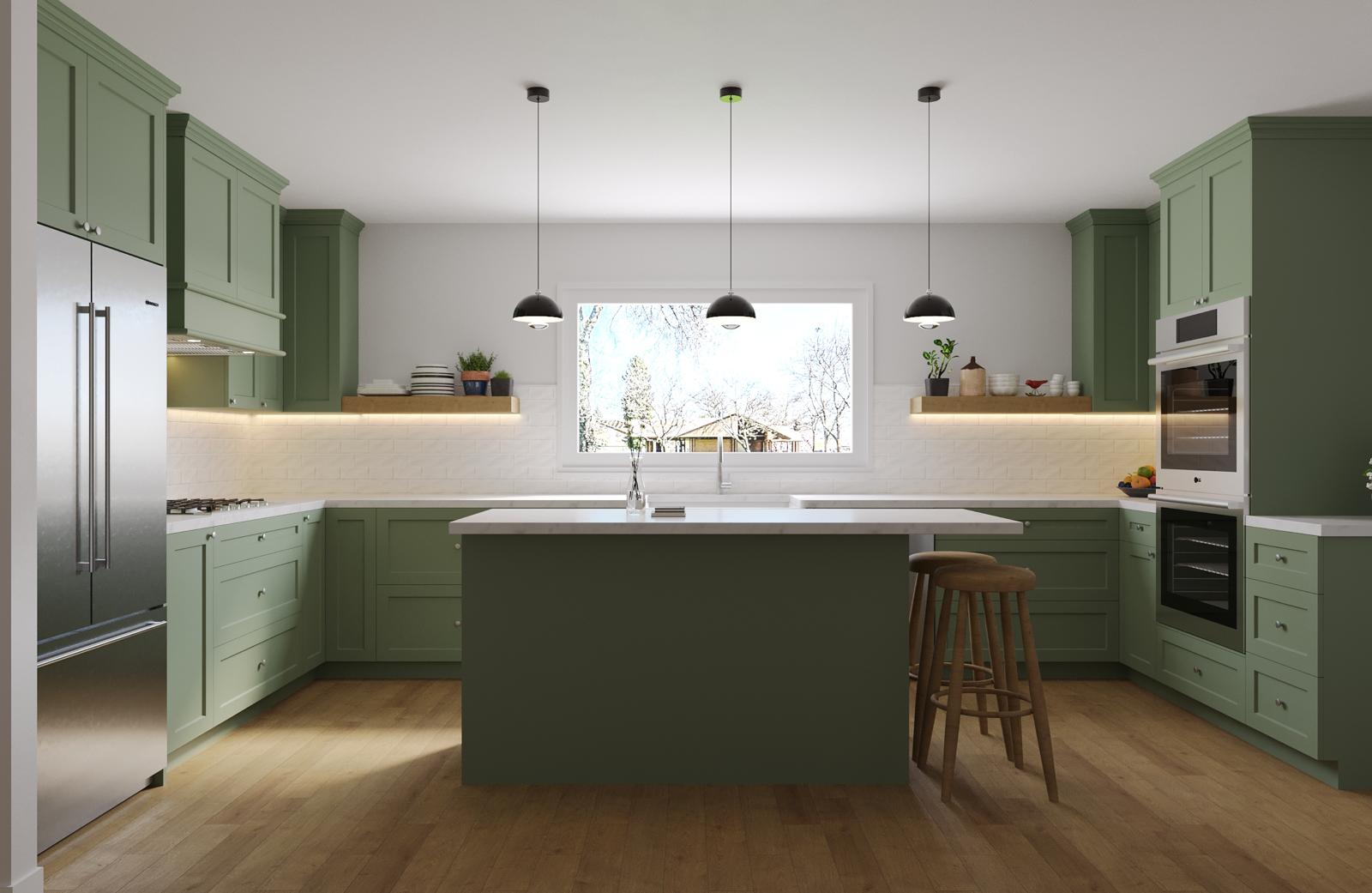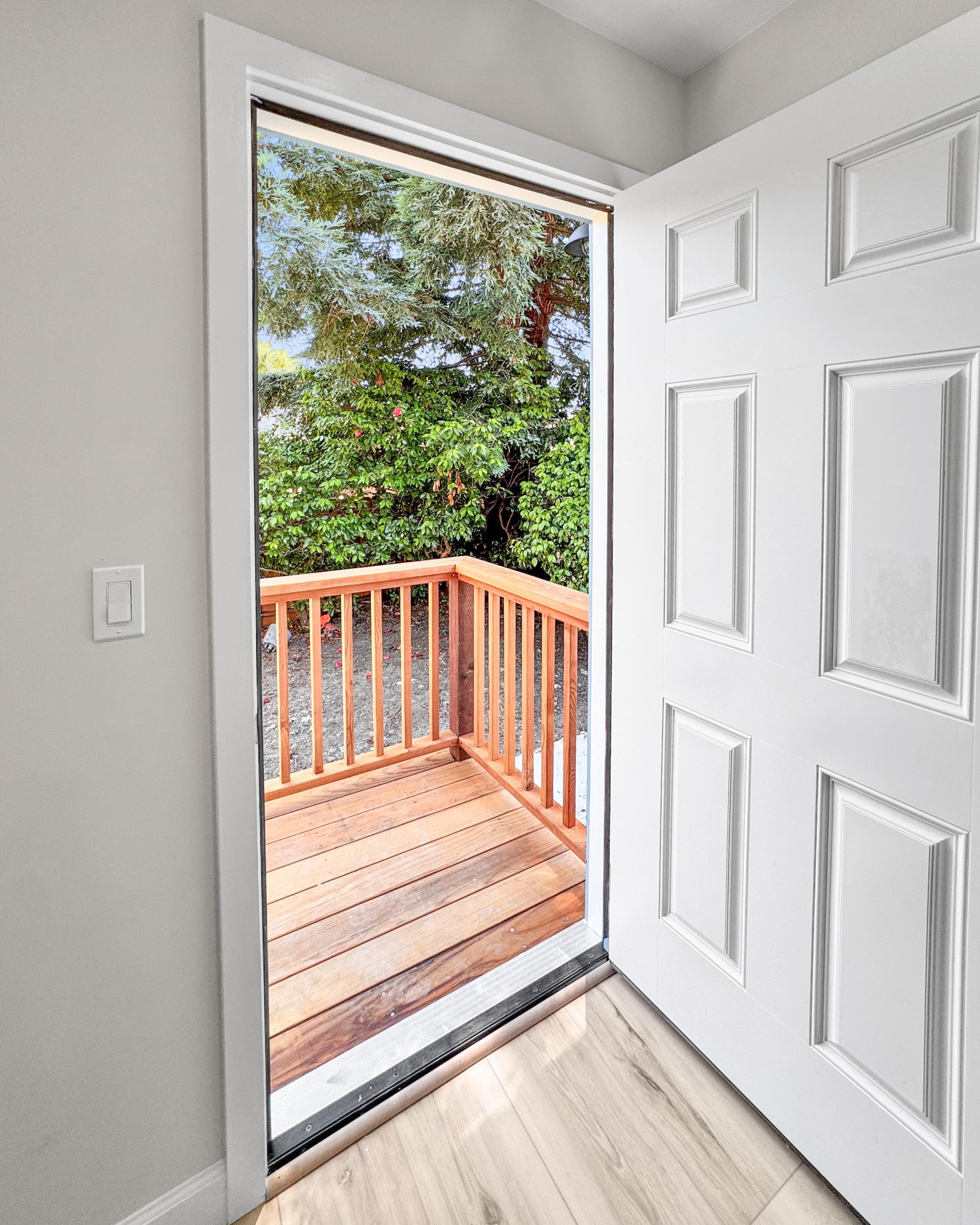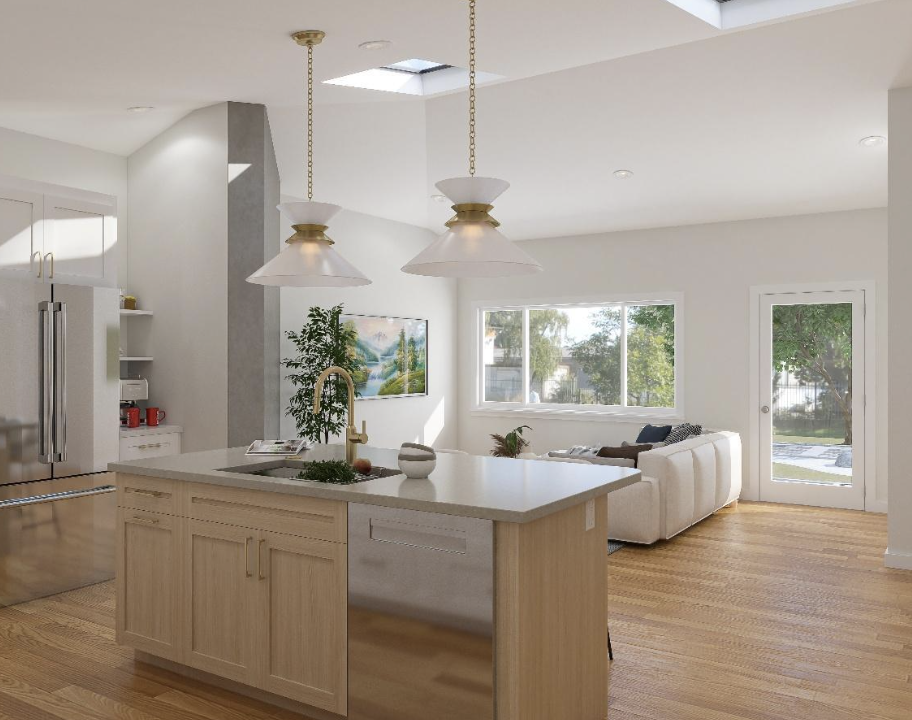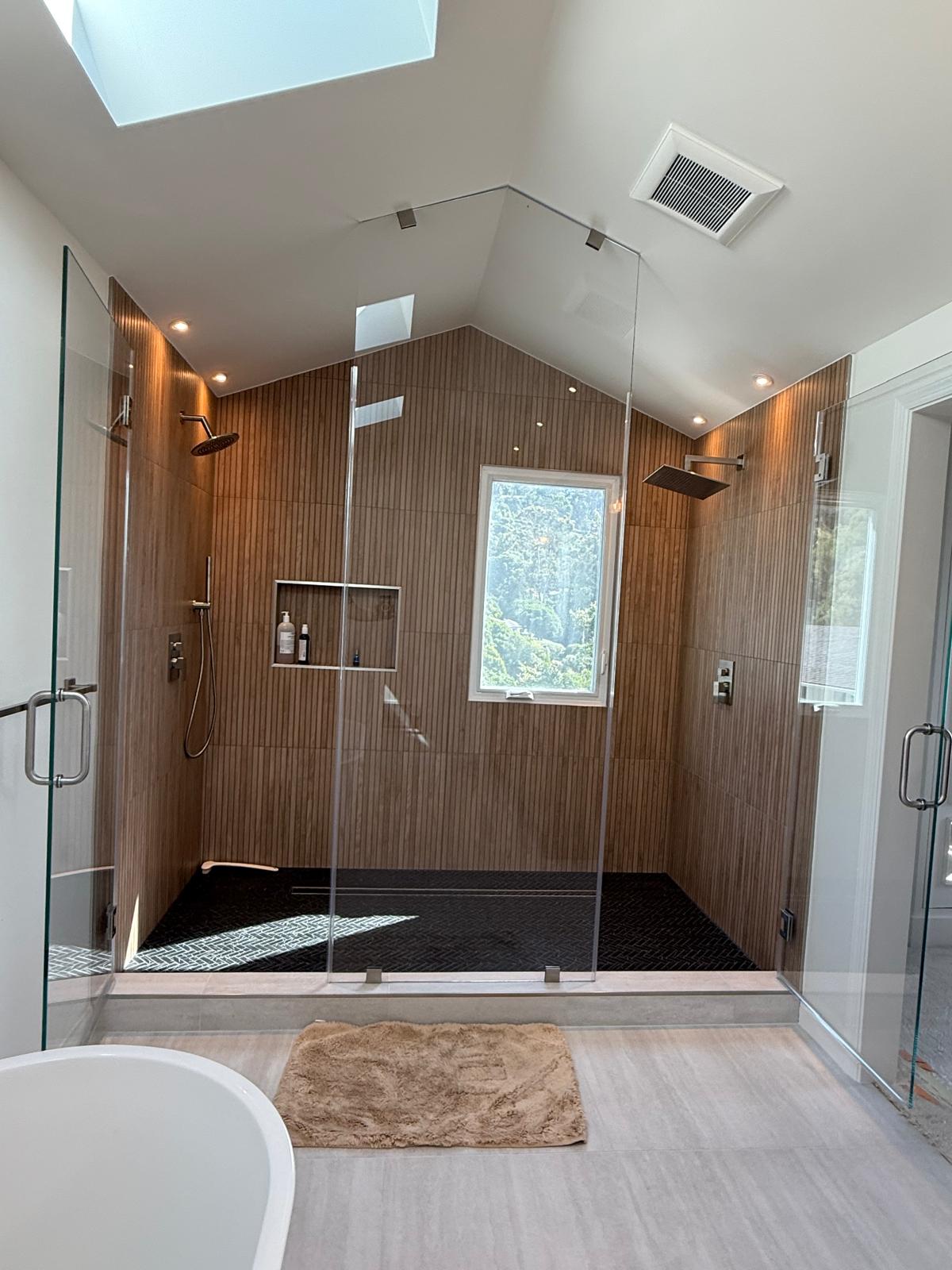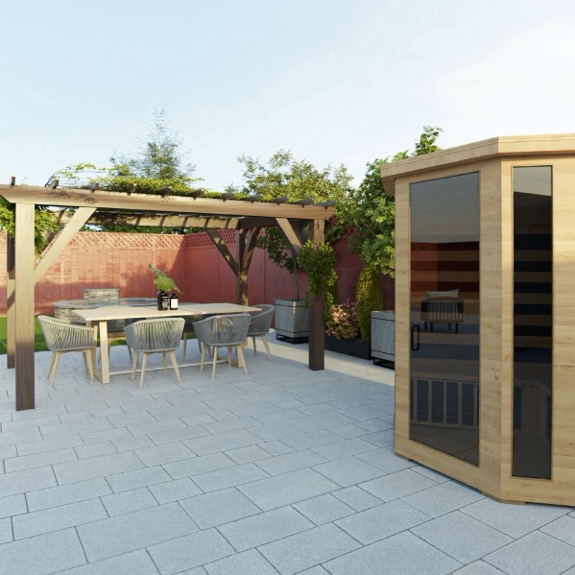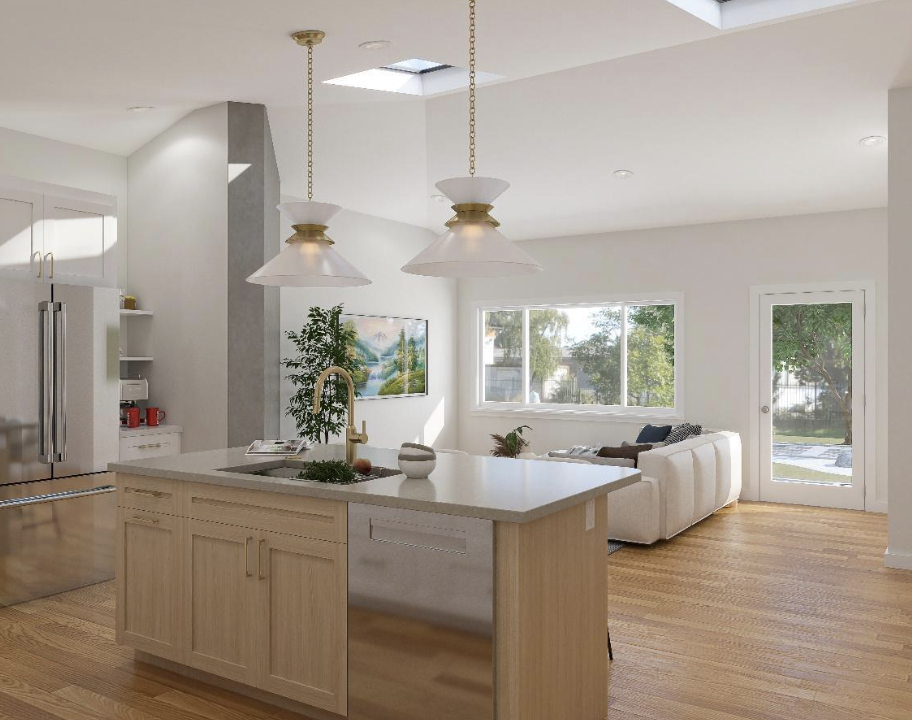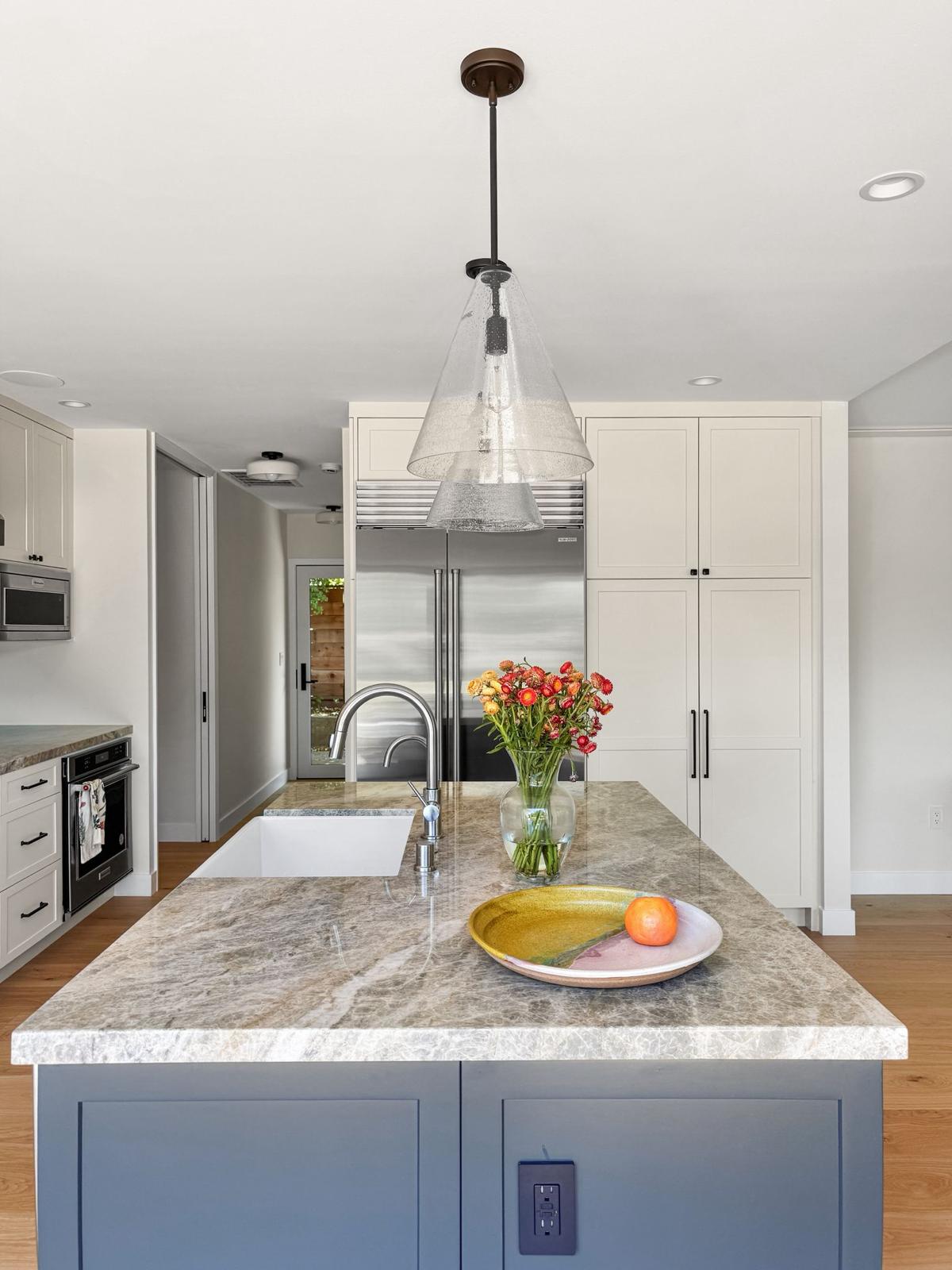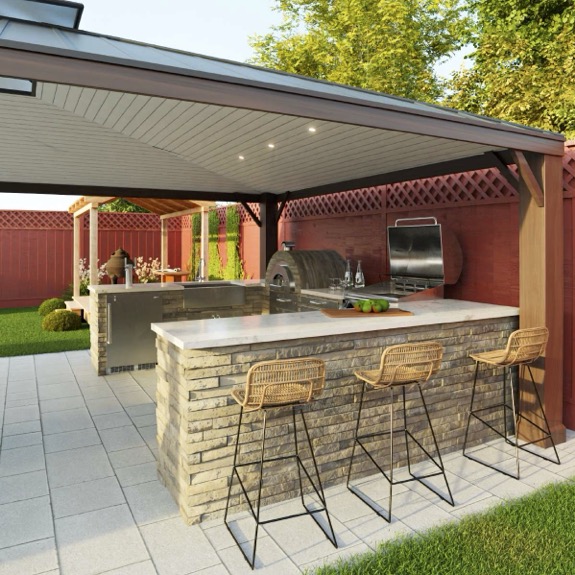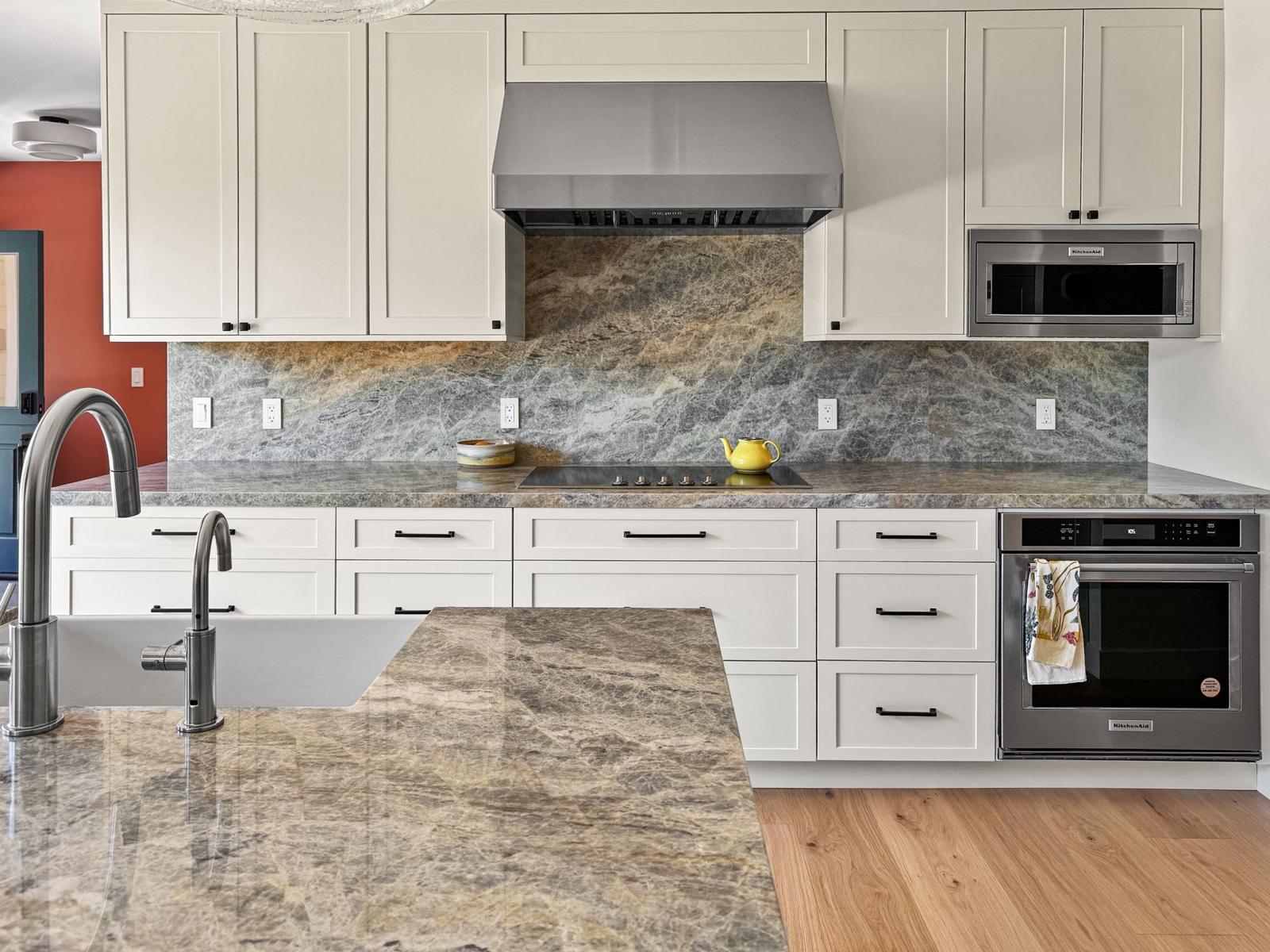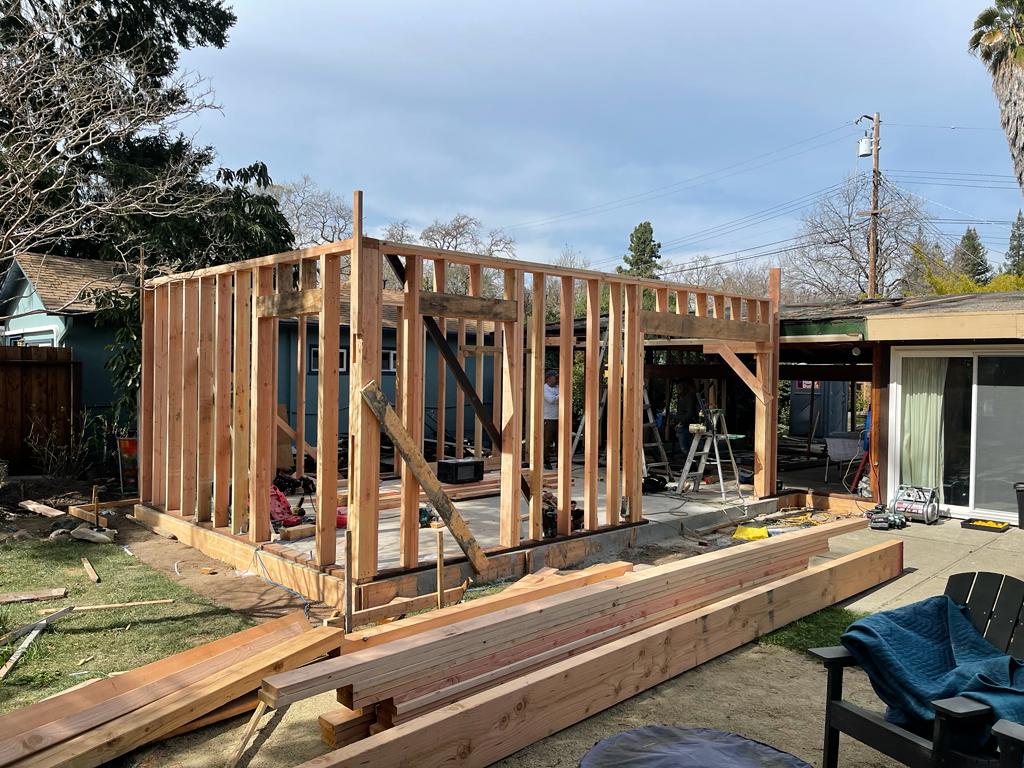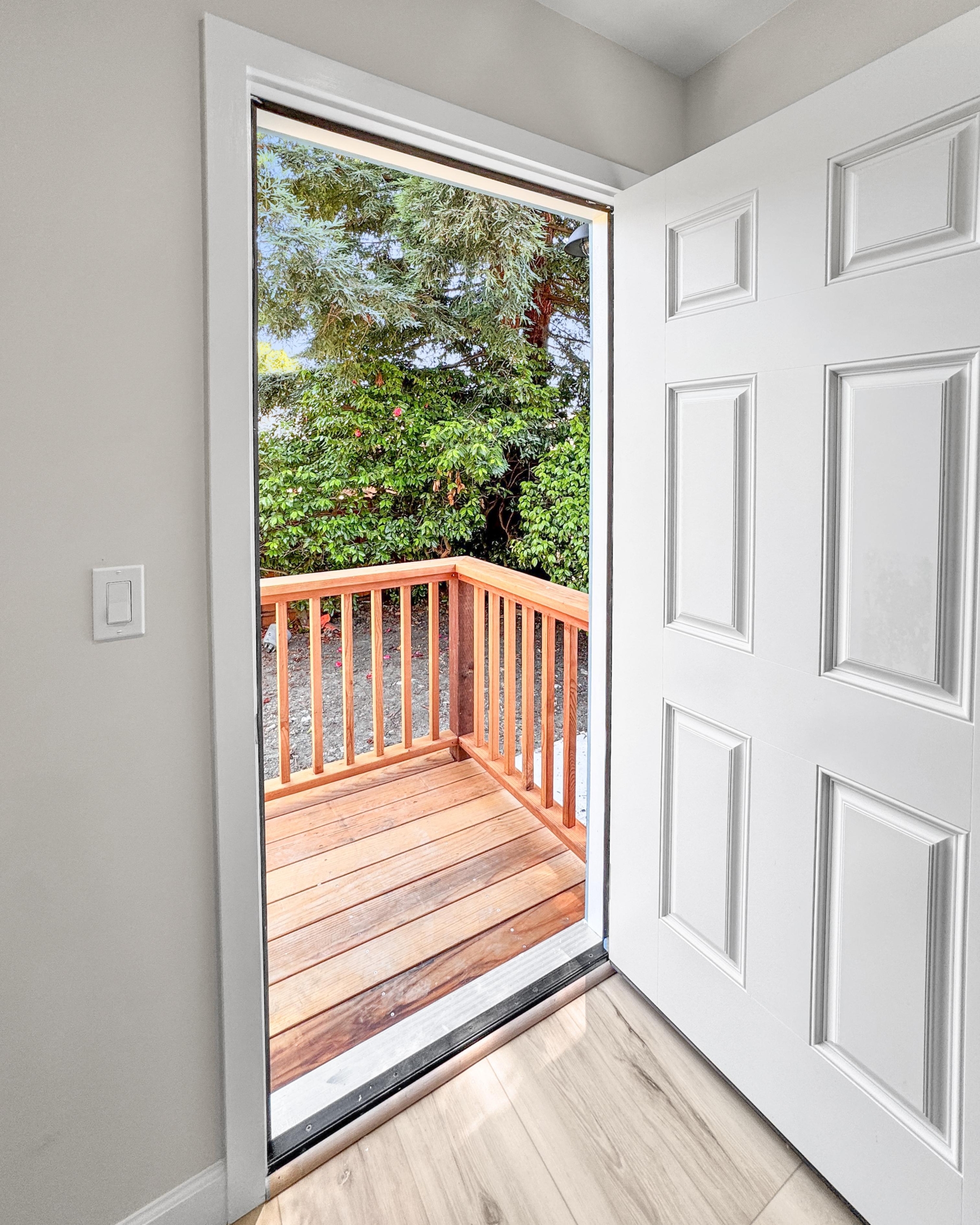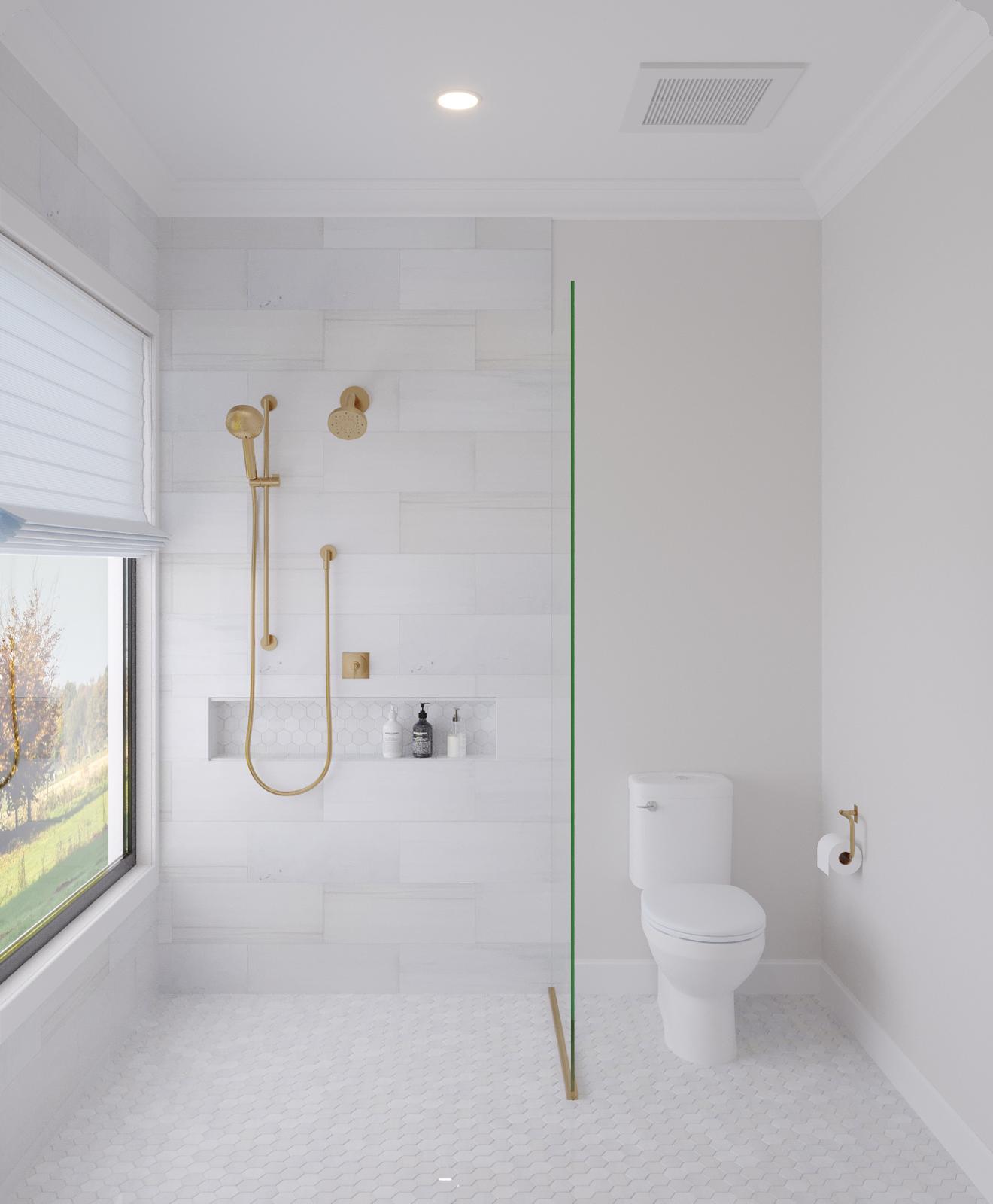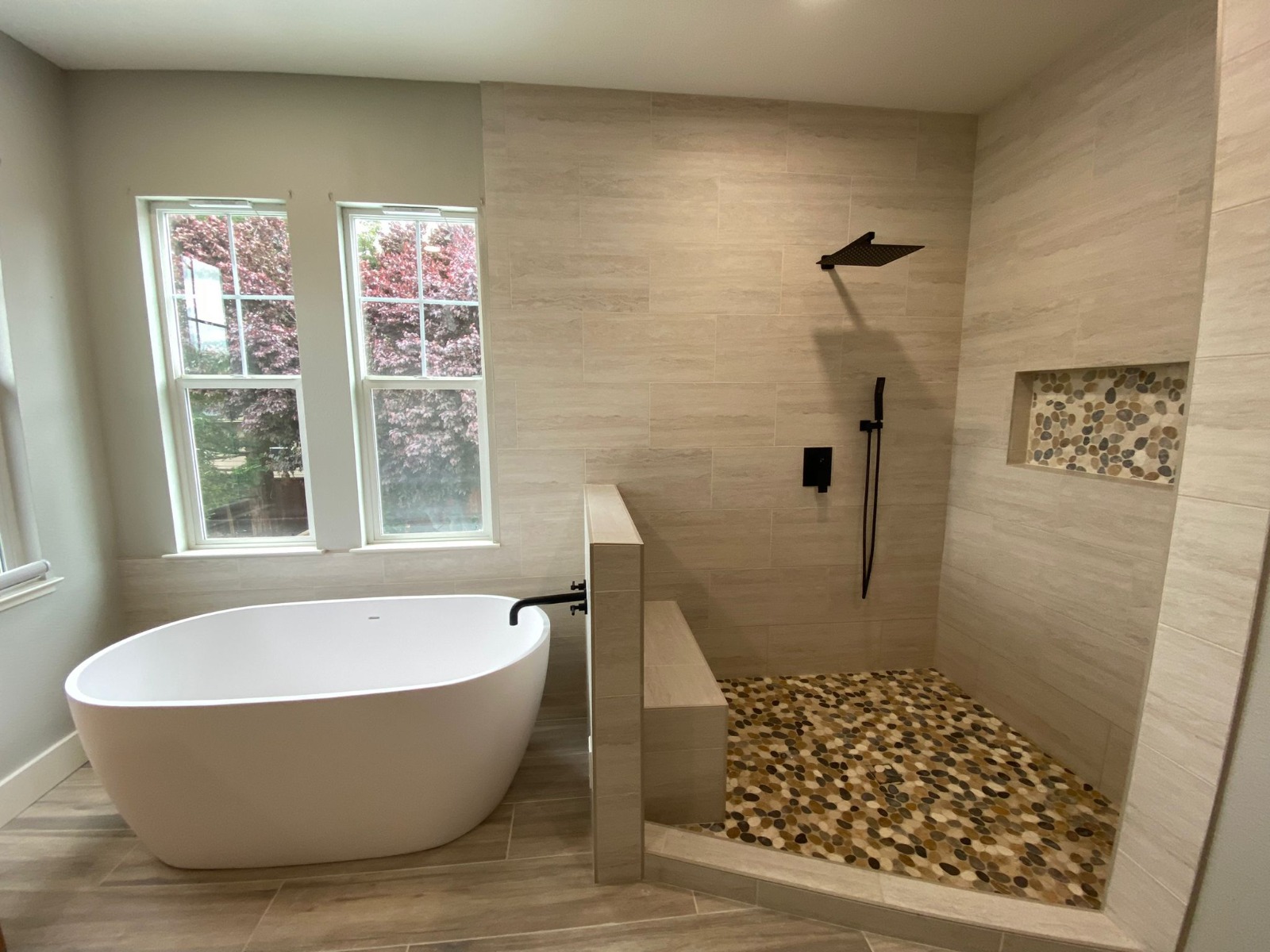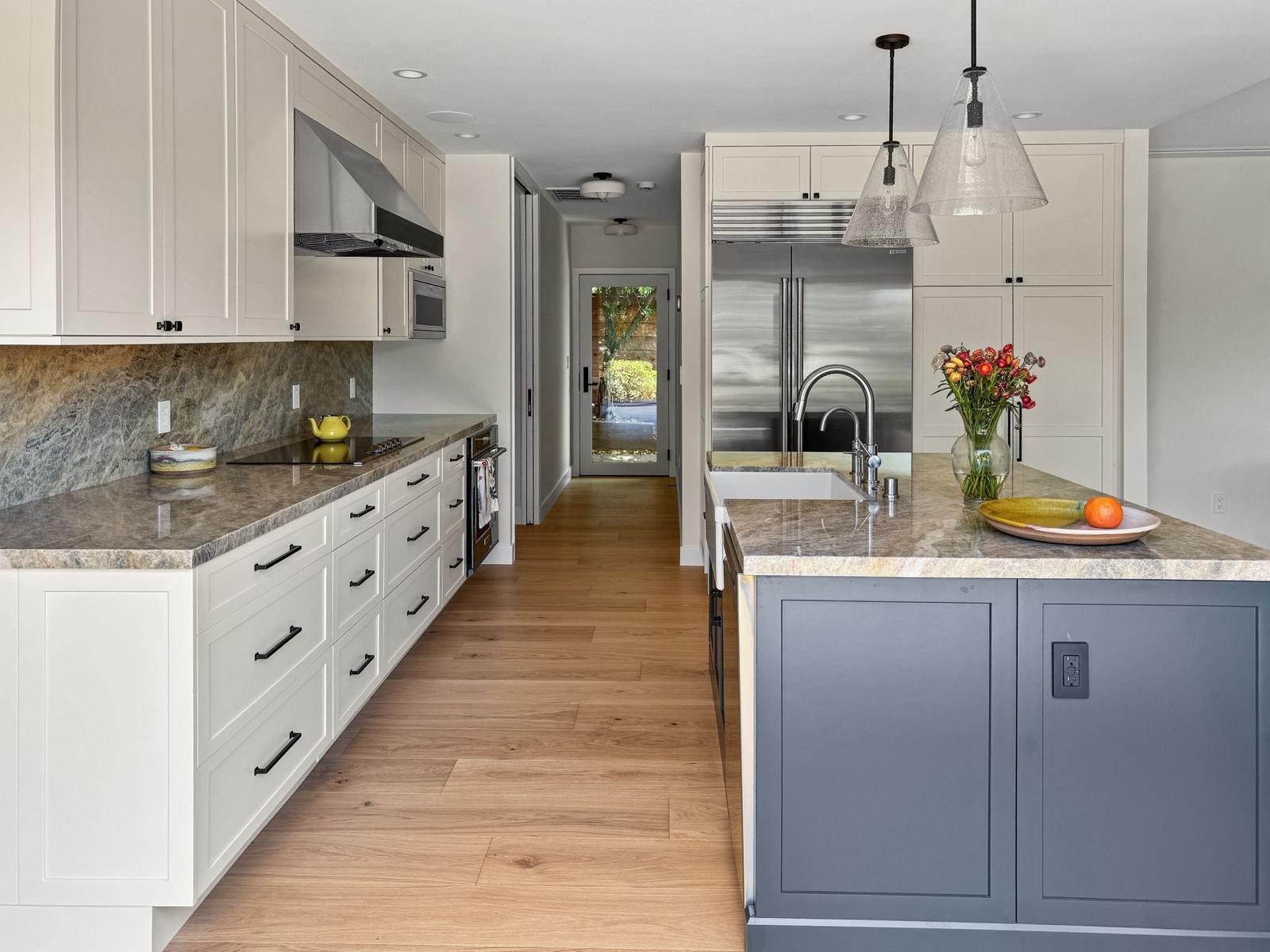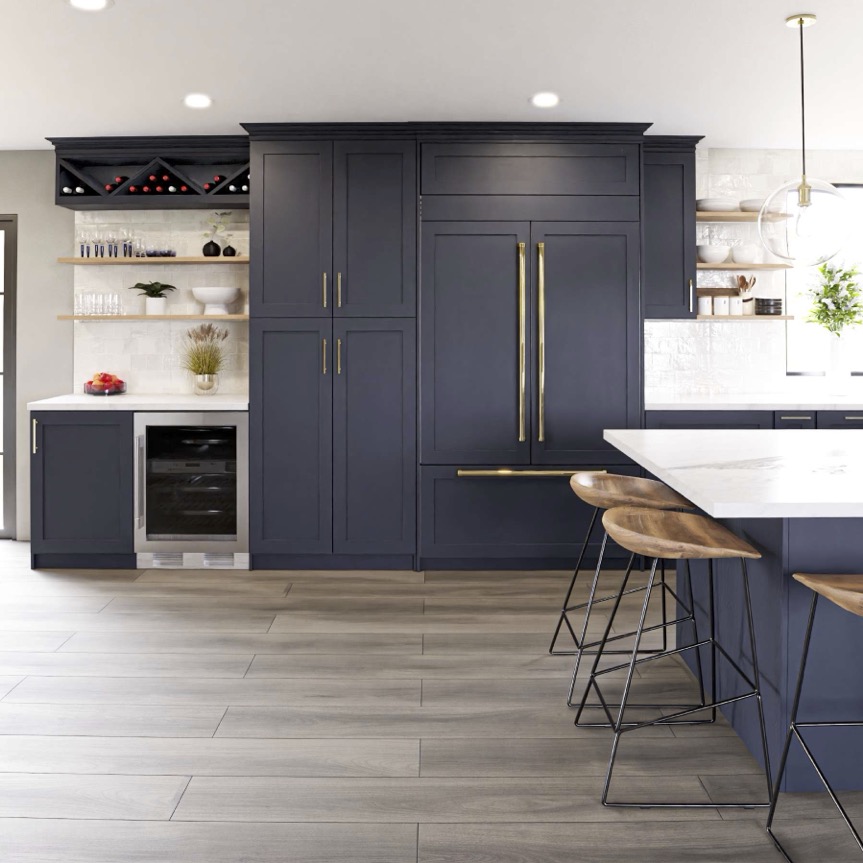Figuring out how to plan bathroom remodels can feel a bit tricky but is one of the most rewarding ways to upgrade your home. Without a solid plan, it can quickly become overwhelming. From choosing the right layout to selecting durable finishes, every detail matters. The key to a successful bathroom remodel isn’t just great design or high-end materials, it’s careful, strategic planning from the very beginning.
From a dated guest bath transformation to building your dream spa-inspired retreat, knowing how to plan a bathroom remodel ensures you stay on budget, avoid unnecessary delays, and achieve the look and function you want. It helps you make smart decisions, coordinate contractors, and create a space that truly fits your lifestyle.
In this guide, we’ll walk you through each essential step of the planning process, from setting goals and budgeting to choosing materials and working with professionals, so that you can move forward with clarity and confidence.
How to Plan a Bathroom Remodel
Step 1: Define Your Bathroom Remodel Goals
Before choosing tile or picking out fixtures, it’s important to take a step back and think about why you’re remodeling in the first place. Clear goals give your project direction and help ensure every decision supports your vision, from a modern update to a complete transformation.
Start with the “Why”
Ask yourself what’s motivating the remodel. Is it outdated finishes? Not enough storage? Poor lighting or layout? Do you need a more functional space for a growing family, or are you preparing your home for resale? Your goals will shape everything from the design to the budget.
Decide Between a Partial or Full Remodel
Not every bathroom needs to be gutted to be improved. You might only need a cosmetic refresh, like new tile, vanity, and fixtures, or you may need to rework the entire layout. Establishing the scope early helps set realistic expectations and keeps the project on track.
Prioritize Must-Haves vs. Nice-to-Haves
Make a list of what matters most. For example, is a double vanity essential? Do you need a walk-in shower, more storage, or a soaking tub? Defining these priorities will help you and your contractor focus on what adds the most value and comfort to your daily routine.
By clearly defining your goals at the start, you’ll be better prepared to make smart design choices and avoid costly changes down the line. This step lays the foundation for a remodel that meets your needs and reflects your personal style.
Step 2: Set a Realistic Budget and Timeline
Determine how much you’re willing to invest based on your remodel goals. Mid-range bathroom renovations typically cost between $15,000 and $30,000, while luxury updates can cost more. Be sure to include labor, materials, fixtures, permits, and a 10–15% cushion for unexpected expenses.
Plan for a realistic timeline as most bathroom remodels take 2 to 6 weeks once construction begins, but product lead times, design planning, and permits may add a few weeks beforehand. A solid budget and schedule help prevent delays and costly surprises.
Step 3: Gather Inspiration and Finalize the Design
Start collecting visual inspiration that reflects your style and goals, whether that’s a clean, modern look or a cozy, spa-like retreat. Use design boards, photos, or samples to clarify your vision. Then work with a professional (or design on your own) to finalize the layout, materials, and color scheme. Be sure to consider whether you’re keeping the existing plumbing layout or making structural changes, as that can significantly impact both cost and timeline.
Step 4: Choose the Right Materials and Fixtures
Select materials that balance durability, style, and maintenance. Focus on high-use surfaces like flooring, countertops, and shower walls. Porcelain tile, quartz, and water-resistant vinyl are popular choices. When choosing fixtures (toilet, sink, faucet, lighting), look for options that align with your design theme while meeting everyday performance needs. Don’t forget to factor in ventilation, lighting layers, and storage features that improve long-term functionality.
Step 5: Hire a Professional Bathroom Remodeling Contractor
A skilled contractor ensures your remodel is completed safely, efficiently, and to code. Especially when plumbing and electrical work are involved. Look for licensed, insured professionals with solid reviews and a portfolio of bathroom projects. Get multiple estimates, ask about timelines, and clarify what’s included in the scope of work. A reliable contractor will help you navigate design decisions, source materials, and keep the project on track from start to finish.
Step 6: Prepare Your Home for the Remodel
Before construction begins, clear out the bathroom and nearby spaces to protect your home from dust and debris. If it’s your only bathroom, arrange for temporary alternatives or adjust your routine. Discuss the daily work schedule and access needs with your contractor, and make sure permits and approvals are in place. Preparing your home, and your expectations, helps minimize disruptions and keeps the project moving smoothly.
Bringing Your Bathroom Remodel Vision to Life
Planning is the backbone of every successful bathroom remodel. From defining your goals and setting a budget to choosing materials and hiring the right contractor, each step lays the groundwork for a space that’s both beautiful and functional. When you take the time to plan carefully, your remodel is more likely to stay on budget, finish on time, and deliver the results you’re dreaming of.
At Green Group Remodeling, we guide homeowners through every phase of the remodeling process, from inspiration to installation. Whether you’re updating a guest bath or building a luxurious primary suite, our experienced team is here to bring your vision to life with professionalism, precision, and care.

